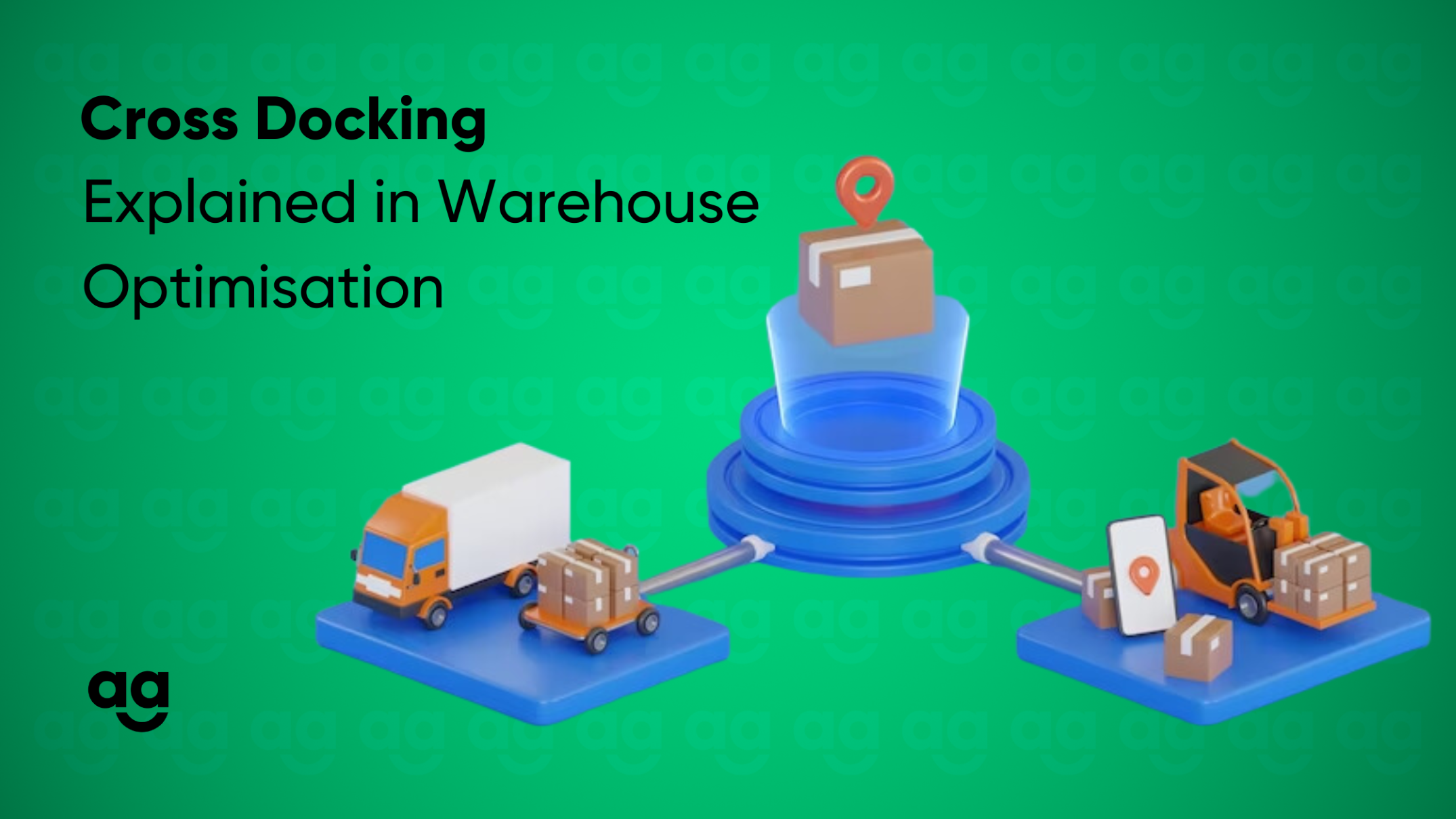Efficiency is key in the fast-paced world of supply chain management. Cross-docking has received a lot of popularity due to its potential to completely save time on how items travel through the supply chain. This cutting-edge logistical approach changed the idea of how firms run by cutting costs, lowering inventory holding, and enhancing customer happiness.
What is Cross-Docking?
With little to no handling or storage time, products from a supplier or production facility are supplied straight to a client or retail chain through the logistics process known as cross-docking.
Cross docking occurs in a distribution docking terminal, which typically has trucks and dock doors on two sides (inbound and outgoing) with little storage space. The procedure of accepting goods through an inbound dock and then moving them across the dock to the outbound transportation pier is known as “cross-docking.”
3 Key Elements of Cross-Docking
- Incoming Shipments
The process begins with the arrival of shipments from suppliers or manufacturers. These shipments typically consist of a variety of products, and they may vary in size, quantity, and destination.
- Sorting and Staging
Upon arrival, products are sorted and staged in the cross-docking facility based on their final destination. This step is crucial for ensuring efficient loading onto outbound trucks.
- Outbound Shipments
Once products are sorted and staged, they are loaded directly onto outbound trucks, which then distribute the goods to their final destinations, which can be retail stores, customers, or even other distribution centers.
2 Types of Cross-Docking
Traditional Cross-Docking
In traditional cross-docking products from various suppliers are consolidated at a cross-docking facility and then immediately sorted and loaded onto outbound trucks for specific destinations. This type is common in industries like retail, where goods need to reach stores quickly.
Flow-Through Cross-Docking
Flow-through cross-docking involves products moving continuously through the facility without being stored. This method is prevalent in industries like food distribution, where perishable goods require swift handling.
3 Benefits of Cross-Docking
1. Faster logistics operations and delivery time
The primary reason for implementing cross-docking in supply chains is a reduction in the overall delivery lead time. This translates into a much lower cash-flow burden on the company and a more “just-in-time” business model.
2. Reduced costs
Cost is, of course, the primary consideration in every business decision. What is the total cost of having slower delivery and longer lead times?
Cross-docking techniques not only help to alleviate those but also directly cut costs. This is due to the fact that the only warehouse service is material handling. Because materials are simply in and out, cross-docking services lower storage expenses, labor costs, shipping costs, and pick-and-pack fees. The main objective of supply chain management is to decrease inventory without raising the risk of stock out.
3. Scalable supply chain operations
By combining numerous vendors, businesses can expand their logistics to more forms of transportation at a lower cost. That is, if these suppliers can increase their output to keep up with their expanding supply chain operations. Whether or not that is the case, cross-docking acts as a funnel that greatly simplifies the scaling of a logistics company.
Wrapping Up
In conclusion, cross-docking has shown to be a game-changer in the field of supply chain management, providing a variety of benefits that could completely change the way businesses run. Processes can be streamlined, and cost savings can be driven, eventually increasing customer satisfaction.





 Shipping
Shipping